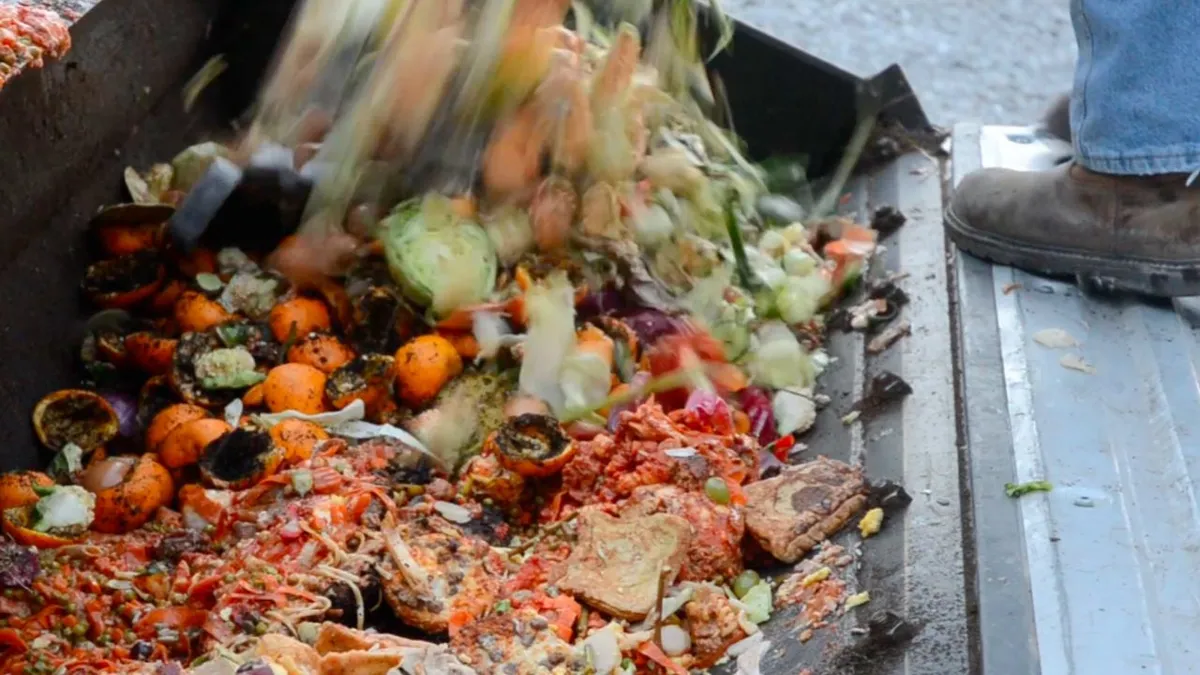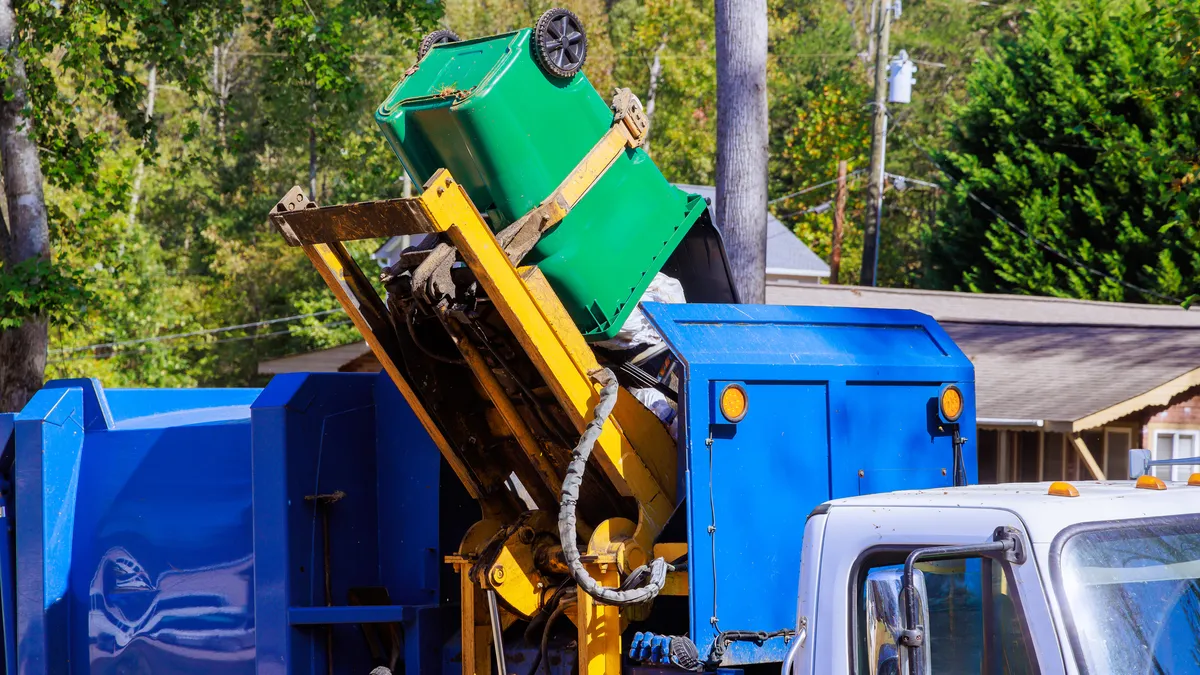Dive Brief:
- The Food Waste Reduction Alliance's (FWRA) third report on trends across the manufacturing, retail/wholesale and restaurant sectors found that transportation remains one of the largest barriers to donating or recycling food. Among survey respondents, 41% cited this as an issue for donation and 49% cited it as an issue for recycling.
- Driven by the manufacturing sector, the largest amount of material was diverted to animal feed or land application. Investments in food donation were the highest common priority among all sectors, driven largely by retail and wholesale businesses.
- Retail and wholesale respondents led among the three sectors with a reported 23% of respondents using composting or anaerobic digestion to divert material. For the restaurant sector, 61% of organics were recycled as bio-based materials or through biochemical processing. This was driven in part by the recycling of used cooking oil.
Dive Insight:
This report exemplifies how the challenges of reducing or recycling food waste vary between sectors. Manufacturers are likely to have larger quantities of homogenous material that could be re-purposed, retailers may have more food that can be donated and restaurants often have smaller quantities of post-consumer material that needs to be processed. In addition to these differences, FWRA notes that collecting accurate data about the amount of food waste disposed is a particular issue for many businesses, so questions remain about what's left over.
As organizations such as ReFED have shown, the greatest financial and environmental benefits come from reducing food waste farther upstream rather than trying to process it downstream. To that end the cross-sector investments in donation and other alternative uses are a positive step. As for transportation this is an area that food recovery networks and hauling companies alike are still figuring out how to solve.
While sorting out all of these factors will be complex, one trend shows a potential area to focus on. Across manufacturers, retailers and restaurants smaller companies all had higher recycling rates than larger ones. This shows that when well-managed systems are in place and employee education is more targeted, it's possible to separate food waste for a higher, better use than the landfill.















